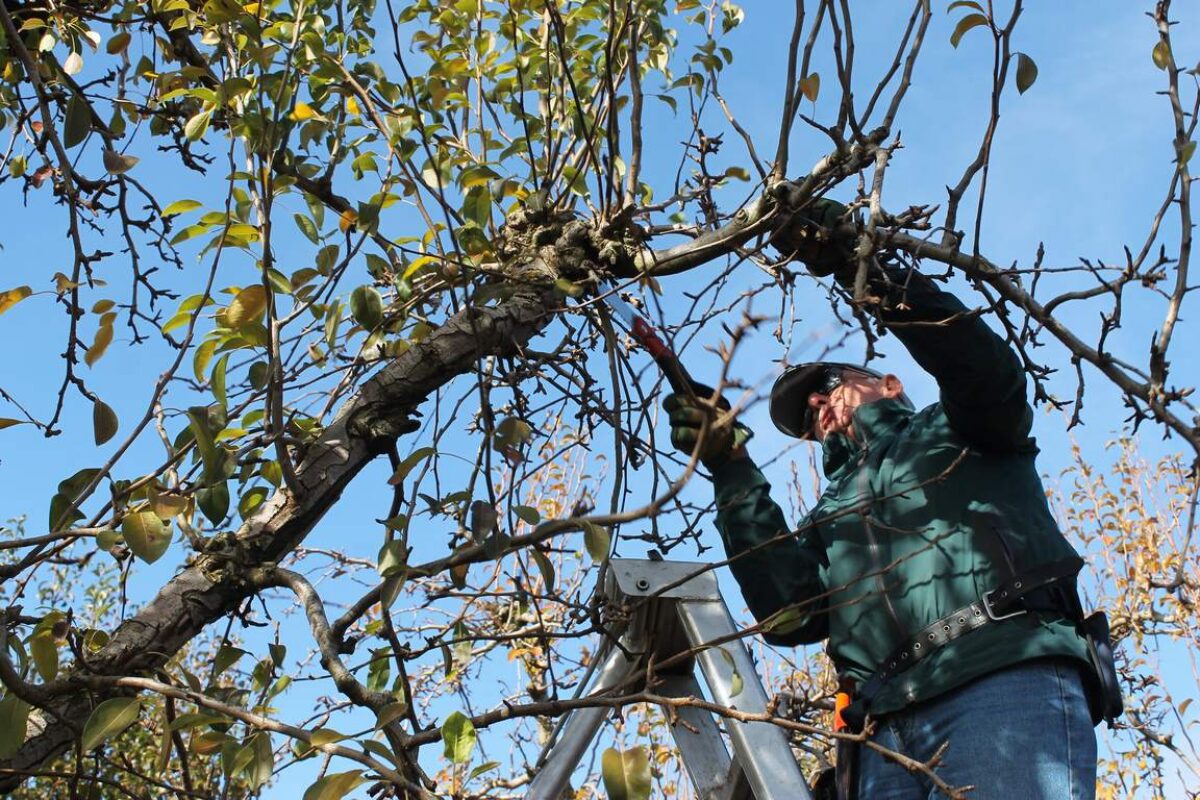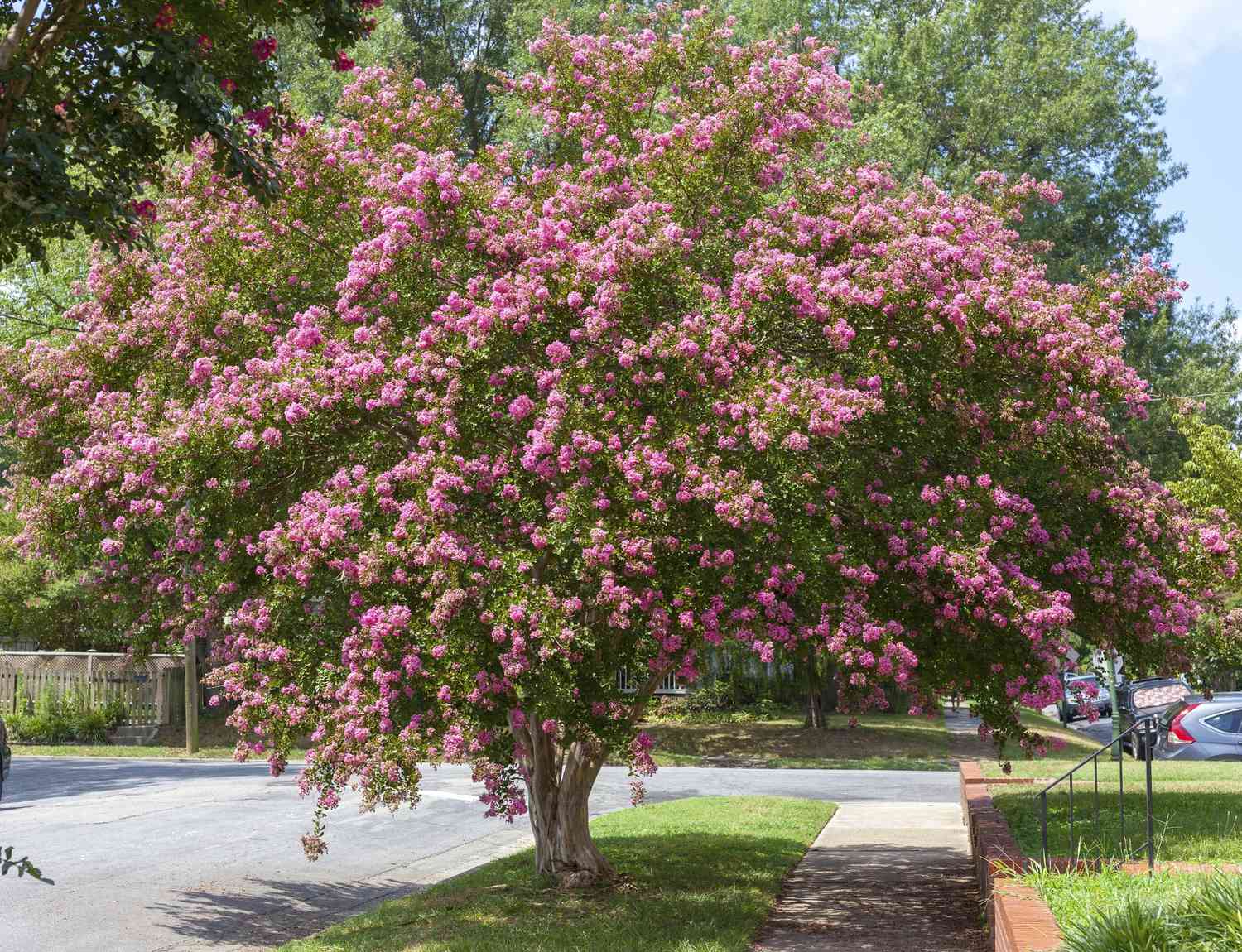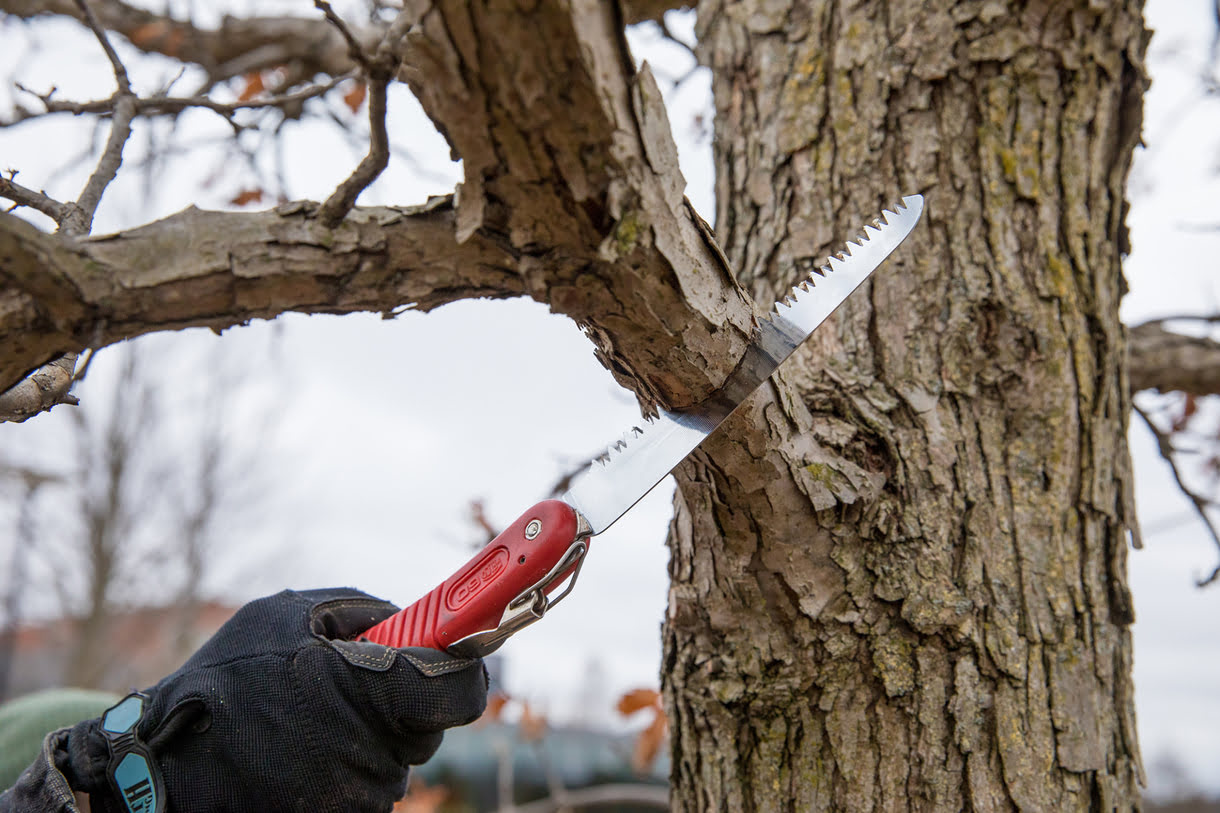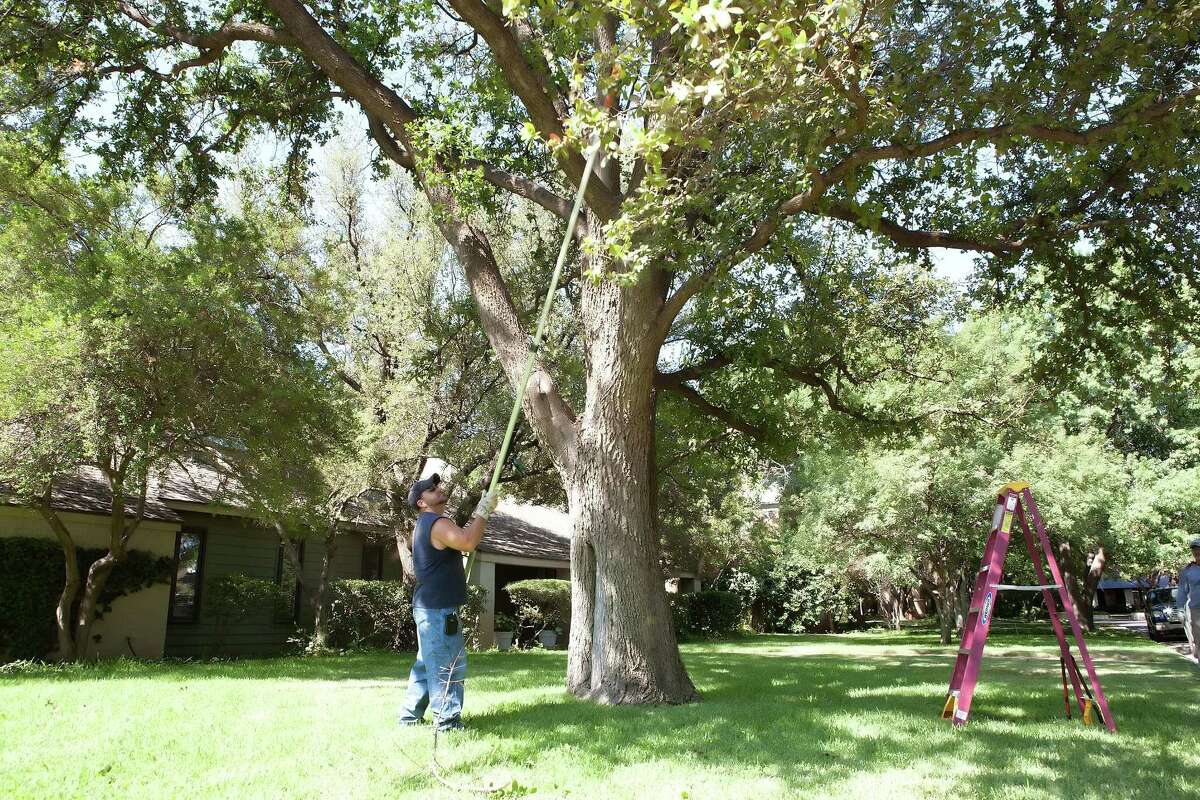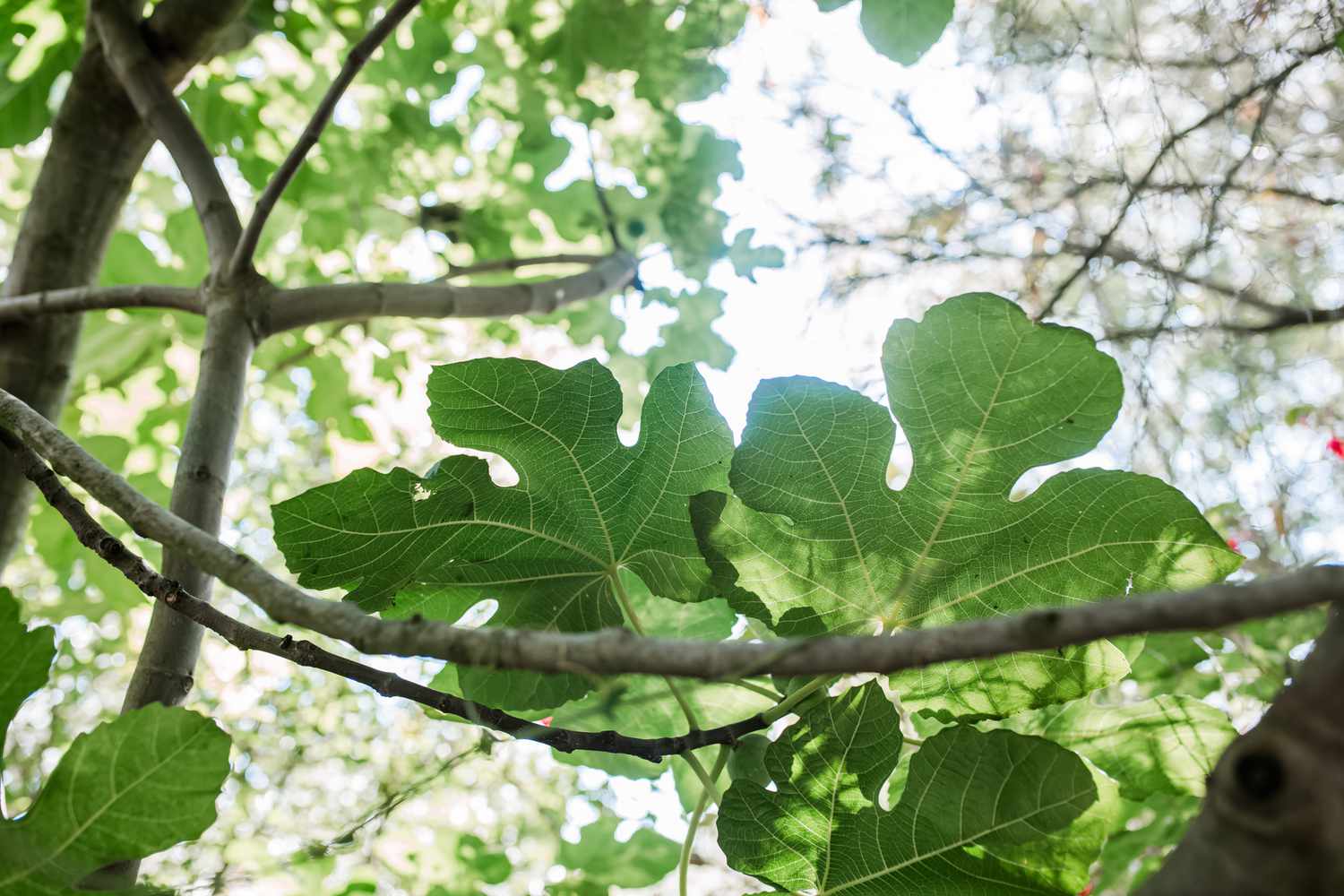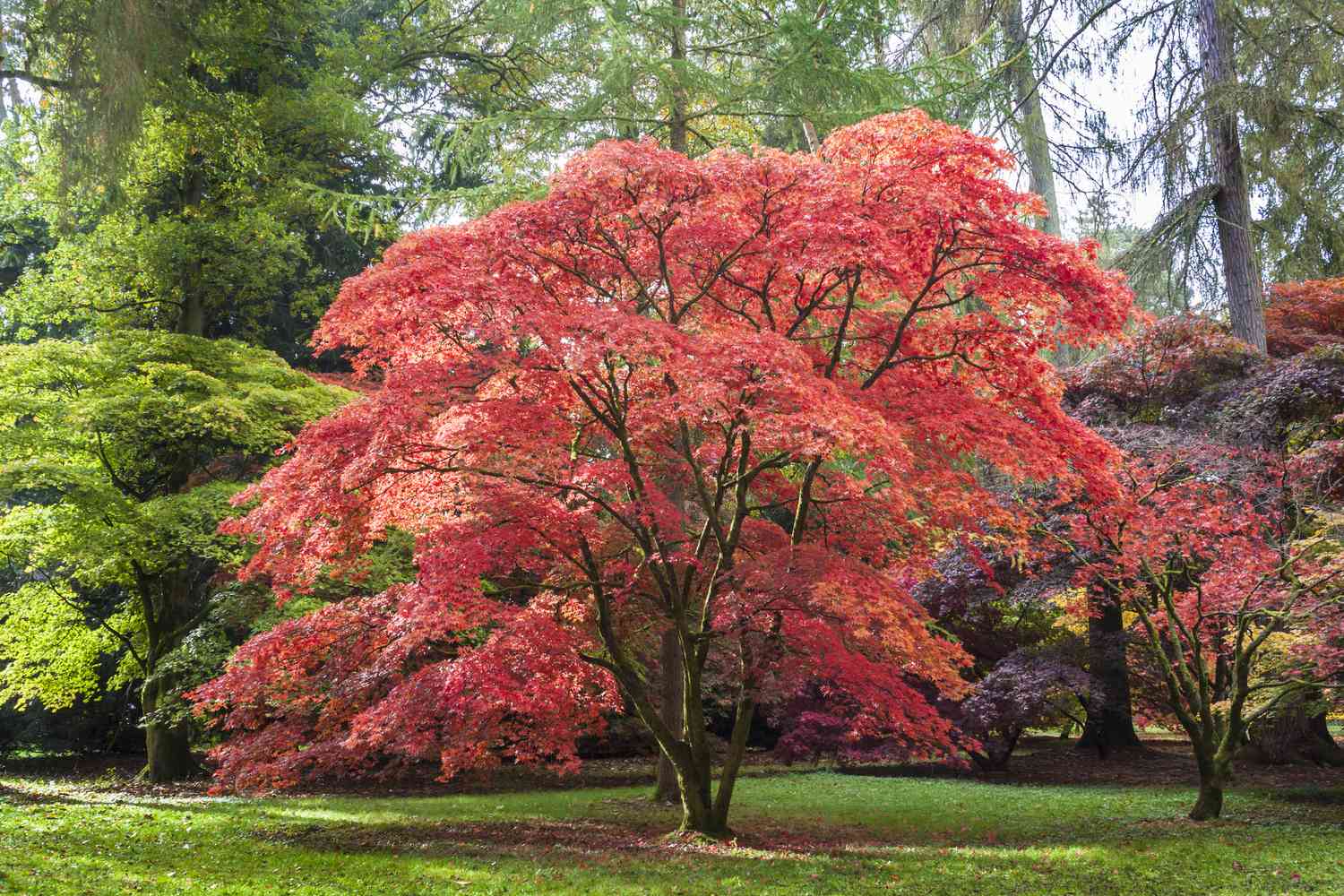Home>Gardening Techniques>Seasonal Gardening>When Is The Best Time For Pruning Trees
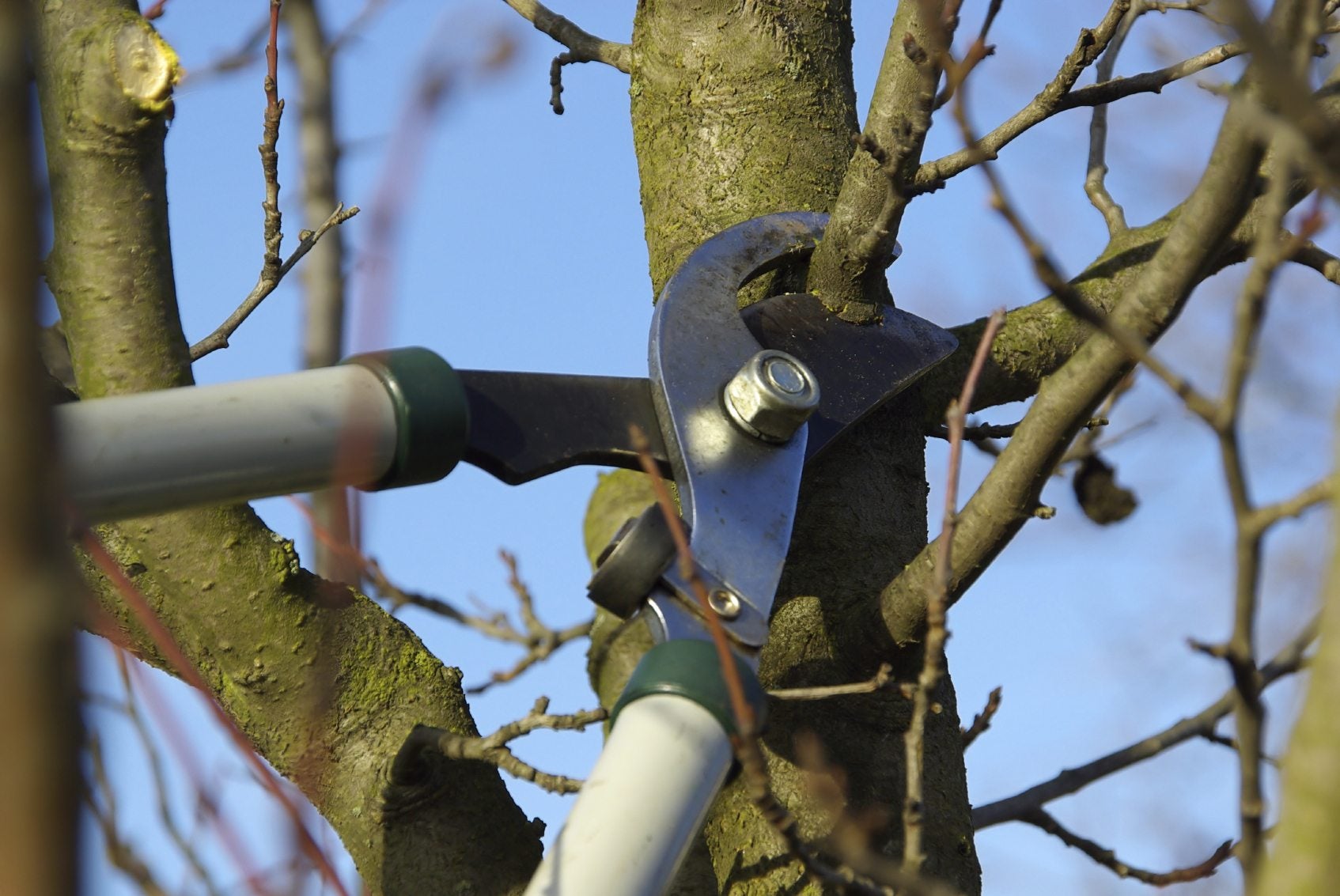

Seasonal Gardening
When Is The Best Time For Pruning Trees
Modified: January 22, 2024
Discover the optimal time for pruning trees with seasonal gardening. Ensure the health and beauty of your trees by following the best pruning practices based on the time of year.
(Many of the links in this article redirect to a specific reviewed product. Your purchase of these products through affiliate links helps to generate commission for Chicagolandgardening.com, at no extra cost. Learn more)
Table of Contents
Introduction
Pruning trees is an essential task in maintaining the health, appearance, and productivity of your garden. It involves selectively removing branches or parts of a tree to improve its structure, stimulate growth, and remove diseased or damaged areas. However, knowing the best time to prune your trees can greatly impact their overall well-being.
Seasonal gardening enthusiasts understand that pruning at the right time maximizes the benefits and minimizes the potential risks. Timing is crucial for promoting faster healing, reducing stress on the tree, and avoiding the spread of diseases or pests.
In this article, we will delve into the various factors to consider when determining the ideal time for pruning your trees. We will explore the advantages and disadvantages of pruning during different seasons, providing you with the insights you need to make informed decisions for your garden.
Whether you have deciduous trees, evergreens, fruit trees, or ornamental trees, this guide will help you navigate the seasonal pruning process and ensure the longevity and vitality of your arboreal companions.
Understanding the Pruning Process
Before diving into the specifics of when to prune your trees, let’s first gain a basic understanding of the pruning process itself. Pruning is not simply cutting away random branches; it requires careful consideration and technique.
The primary goals of pruning are to:
- Promote overall tree health and vigor
- Maintain a desired shape or form
- Remove dead, diseased, or damaged branches
- Encourage proper air circulation and sunlight penetration
- Redirect growth to desired areas
When pruning, it’s crucial to make clean cuts near the branch collar, where the branch joins the trunk or another branch. Avoid leaving stubs or cutting too close to the trunk, as this can impede healing and invite decay.
Pruning tools such as hand pruners, loppers, and pruning saws should be sharp and clean to minimize damage and the potential spread of diseases. Additionally, it’s important to consider the size and weight of the branch being pruned. For larger branches, it may be necessary to make multiple cuts to prevent tearing and causing unnecessary stress to the tree.
By understanding the goals and techniques of pruning, you can approach the task with confidence and precision, regardless of the season.
Factors to Consider for Timing
When determining the best time for pruning your trees, it’s crucial to consider several factors that can impact their response to the pruning cuts. These factors include:
1. Tree Species: Different tree species have unique growth habits and dormancy patterns. Some trees are more tolerant of pruning during certain seasons, while others may be more susceptible to stress or disease when pruned at the wrong time.
2. Growth Stage: Understanding the growth stage of your trees is essential. Pruning during active growth may stimulate new growth, while pruning during dormancy can promote healing and minimize the risk of disease transmission.
3. Climate and Weather: Regional climate and weather conditions play a significant role in determining the appropriate pruning time. Extreme cold spells, heatwaves, or periods of heavy rain can affect how well the tree responds to pruning.
4. Flowering and Fruiting Time: For trees that produce flowers or fruits, it’s important to consider their blooming or fruiting cycles. Pruning at the wrong time may result in a loss of blooms or a reduction in fruit production.
5. Tree Health: If your tree is already stressed, diseased, or damaged, it may be best to postpone pruning until it has recovered. Pruning cuts can further weaken the tree and increase the risk of infection or pest infestation.
By taking these factors into account, you can make an informed decision about the timing of your pruning activities. Remember, it’s always better to err on the side of caution and consult with a local arborist or gardening expert if you’re unsure about the best time to prune a specific tree species.
Dormant Season Pruning
One of the most common and preferred times to prune trees is during their dormant season, which typically occurs in late fall to early spring before new growth emerges. Dormant pruning offers several advantages:
- Visibility: With the leaves gone, it is easier to assess the tree’s structure and identify problematic branches that need to be removed.
- Reduced Stress: Pruning during dormancy minimizes the stress on the tree since it is in a resting phase and not actively growing or producing energy.
- Disease Control: Pruning during the dormant season can help prevent the spread of diseases, as many pathogens are less active during this time.
During dormant season pruning, you can focus on removing dead, diseased, and damaged branches. Additionally, you can address structural issues, such as crossing branches or branches that are competing for space.
It’s important to note that not all trees are suitable for dormant pruning. Some species, like flowering trees and early-spring bloomers, should be pruned after they have finished flowering to avoid removing buds and compromising their bloom.
Before pruning during the dormant season, ensure that the weather conditions are favorable. Avoid pruning when temperatures are excessively cold, as it may lead to delayed healing or damage to the tree. Additionally, refrain from pruning during periods of drought, as it can further stress the tree.
Overall, dormant season pruning is an excellent option for most tree species and provides a solid foundation for their future growth and development.
Late Winter Pruning
Late winter, just before the onset of spring, is another opportune time for pruning trees. This period offers several benefits and is particularly well-suited for certain tree species and pruning objectives:
- Promotes Vigorous Growth: Pruning in late winter encourages robust growth in the coming spring, as the tree will redirect its resources towards producing new shoots and foliage.
- Controls Size and Shape: By selectively removing branches in late winter, you can manage the size and shape of the tree before it begins to grow vigorously.
- Enhances Flowering and Fruiting: For flowering trees, pruning during late winter removes any dead or damaged wood and promotes better flower production and overall blooming performance.
During late winter pruning, it’s important to prioritize the removal of dead, diseased, and damaged branches. These branches can serve as entry points for pests and diseases as the tree becomes active again.
When pruning, be mindful of the tree’s natural shape and overall appearance. Avoid excessively pruning the canopy, as this can impact the tree’s ability to photosynthesize effectively.
Keep in mind that late winter pruning can be challenging in regions with harsh winters or unpredictable weather. If there is a risk of extreme cold or heavy snowfall, it may be best to postpone pruning until conditions improve.
Late winter pruning is particularly advantageous for deciduous trees and many fruit trees. However, it’s important to research and understand the specific needs of your tree species to ensure the best results.
Early Spring Pruning
Early spring is a popular time for pruning, as it allows for the removal of any winter damage and prepares the tree for the upcoming growing season. This period, just as the buds begin to swell and before new growth emerges, offers several advantages:
- Stimulates Growth: Pruning in early spring encourages the tree to focus its energy on new growth, resulting in healthy and vigorous branches.
- Shape and Structure Enhancement: By selectively pruning during this time, you can guide the tree’s growth and promote a well-balanced and aesthetically pleasing shape.
- Improved Air Circulation: Early spring pruning allows for the removal of overcrowded branches, improving air circulation and reducing the risk of fungal diseases.
During early spring pruning, focus on removing any dead, damaged, or diseased branches that may have been affected during winter. Pay attention to trees that may have experienced frost damage, as pruning can help remove any injured or blackened tissue.
For flowering trees, it’s crucial to time the pruning carefully to avoid removing buds or flowers. Consult specific guidelines for each tree species to determine the best time for pruning without sacrificing flower production.
While early spring pruning offers numerous benefits, it’s essential to be cautious with certain tree species. Some trees, such as sap-producing trees like maples or birches, are best pruned in late spring or early summer to reduce excessive sap flow.
Timing is key for early spring pruning. Aim to prune before new growth emerges but after the coldest part of winter has passed.
Overall, early spring pruning is an excellent opportunity to shape, rejuvenate, and prepare your trees for the vibrant growing season ahead.
Summer Pruning
Summer pruning, although less common than pruning in dormant or early spring seasons, can still be a valuable practice for certain tree species and specific pruning goals. While the timing of summer pruning is somewhat different, it does offer several advantages:
- Encourages Fruit Production: Pruning fruit trees in the summer can stimulate new fruiting wood growth and improve the quality and quantity of the fruit produced.
- Controls Size and Shape: Summer pruning allows for the management of tree size and shape, particularly for fast-growing species. It can help maintain a desired height or prevent branches from interfering with structures or power lines.
- Offers Increased Visibility: With leaves in full bloom during summer, it becomes easier to identify crowded or unwanted branches that may need to be removed.
When engaging in summer pruning, it is important to follow a few guidelines:
- Prune during early to mid-summer when the growth rate of the tree begins to slow down. Avoid pruning too late in the season, as it may affect the tree’s ability to prepare for winter.
- Focus on removing any dead, damaged, or diseased branches discovered during this time. Additionally, thin out dense areas to improve airflow and reduce the risk of fungal diseases.
- Be cautious when pruning flowering trees in the summer, as it may impact their ability to produce blooms in the following season. Consult specific guidelines or seek professional advice for pruning flowering species.
It’s important to note that summer pruning should be done with care, as excessive pruning during this time can lead to increased stress on the tree. Avoid removing more than 10-15% of the tree’s foliage to maintain its health and vitality.
While summer pruning may not be necessary for all tree species, it can be a valuable tool in maintaining fruit trees and managing the overall growth and appearance of your landscape throughout the growing season.
Fall Pruning
Fall pruning can be a strategic decision made for specific reasons, although it is not as common as pruning during other seasons. While the timing may vary depending on region and climate, fall pruning offers some notable benefits:
- Clears Away Summer Growth: Pruning in the fall allows you to remove any excessive or unwanted summer growth before the dormant period begins.
- Shape and Structure Enhancement: Trimming during this time can help maintain a tree’s shape and structure, ensuring its overall health and aesthetic appeal.
- Visibility of Branch Structure: With the leaves starting to change color and fall, it becomes easier to assess the overall branch structure and identify any structural issues that need attention.
- Disease and Pest Control: Fall pruning enables the removal of any diseased or infested branches before they have a chance to spread pathogens or pests to the rest of the tree or nearby plants.
When engaging in fall pruning, it’s crucial to follow these guidelines:
- Do not prune too late into the fall season, as cutting too close to winter may hinder a tree’s ability to heal properly or stimulate unnecessary growth before dormancy.
- Focus on removing dead, damaged, or diseased branches, as well as any crossed or rubbing branches that may cause future structural issues.
- Exercise caution when pruning early-flowering trees or those that produce berries, as fall pruning may impact their ability to bear flowers or fruit the following year.
While fall pruning can be advantageous, it’s important to note that some tree species are more sensitive to pruning during the fall months. Research the specific needs of your tree type and consult local gardening resources to ensure the best timing for fall pruning.
Overall, fall pruning can be a valuable practice to tidy up your garden, improve tree structure, and promote optimal health and resilience as your trees prepare for the winter dormancy period.
Conclusion
Timing is key when it comes to pruning trees in your garden. By understanding the different seasons and considering various factors, you can make informed decisions about when to prune to maximize the benefits for your trees.
Dormant season pruning, taking place in late fall to early spring, is ideal for most tree species. It allows for the removal of dead or damaged branches, promotes healing, and reduces the risk of disease transmission. Late winter pruning is particularly beneficial for shaping and controlling growth before the new spring growth begins. Early spring pruning stimulates new growth and enhances flowering, while summer pruning works well for managing size and improving fruit production in certain tree species. Fall pruning is useful for clearing away summer growth and addressing structural concerns before the dormant period.
Remember to consider the specific needs and characteristics of your tree species, including their growth patterns, flowering and fruiting times, and susceptibility to stress. Additionally, be mindful of regional climate and weather conditions when planning your pruning activities.
Proper pruning techniques, such as making clean cuts and using sharp, clean tools, are crucial for the health and vitality of your trees. If you are unsure about the best approach, consult with a local arborist or gardening expert who can provide guidance tailored to your specific tree species and growing conditions.
By investing time and effort into proper pruning practices, you can ensure the long-term health, appearance, and productivity of your trees, creating a beautiful and thriving garden for years to come.


